ELA Activity: 10-Song Playlist
As a high school language arts teacher, I’m always trying to provide my students with alternate but equal assessments that aren’t always an essay....
AP & Honors Mathematics
Explore Wiley titles to support both AP and Honors mathematics instruction.
Literacy Skills & Intensive Reading
Connections: Reading – Grades 6–12
Empower student success with a proven intensive reading program that develops strong reading skills in striving readers.
Drama, Speech & Debate
Basic Drama Projects 10th Edition
Build students’ confidence and competence with comprehensive, project-based theatre instruction.
Literature
Connections: Literature
Support learners as they study dynamic, relevant texts and bring the richness of diverse voices to students through literature.
Literature & Thought
Develop critical thinking, reading, and writing across literacy themes, genres, historical eras, and current events.
Language Arts
Vocabu-Lit® – Grades 6–12
Help students build word power using high-quality contemporary and classic literature, nonfiction, essays, and more.
Connections: Writing & Language
Help students develop grammar, usage, mechanics, vocabulary, spelling, and writing and editing skills.
Reading/English Language Arts
Measuring Up to the English Language Arts Standards
Incorporate standards-driven teaching strategies to complement your ELA curriculum.
English Language Learners
Measuring Up for English Language Learners
Incorporate research-based best practices for ELLs with an approach that includes a focus on language acquisition strategies.
Mathematics
Measuring Up to the Mathematics Standards
Incorporate standards-driven teaching strategies to complement your mathematics curriculum.
Foundations
Measuring Up Foundations
Help students master foundational math skills that are critical for students to find academic success.
Science
Measuring Up to the Next Generation Science Standards
Give students comprehensive NGSS coverage while targeting instruction and providing rigorous standards practice.
Assessment
Measuring Up Live
Deliver innovative assessment and practice technology designed to offer data-driven instructional support.
For a better website experience, please confirm you are in:
2 min read
Jennifer Nash Jun 21, 2023 2:11:44 PM
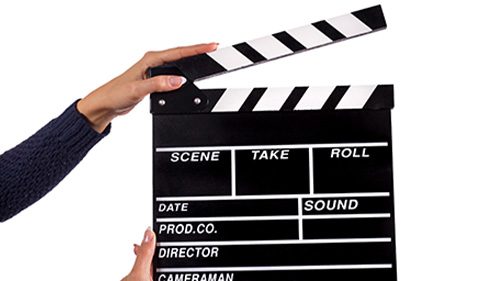
For some reason, students always struggle when teachers ask them to incorporate sources. It is a process that takes practice to do seamlessly, but when done well, it can boost your credibility in any argument. The thing that is so puzzling about our struggle to incorporate summaries, paraphrases and direct quotations, though, is that we use these techniques all the time in our everyday life. Whether you are relaying to your parents a conversation you had at school or telling a friend about a great movie you saw, you summarize, paraphrase, and direct quote “sources” all day long.

When someone asks you about the movie you saw last weekend, you will usually give them a brief, two sentence or so, synopsis, hitting the big parts (the main ideas) and avoiding any spoilers (unless you are a terrible friend). In essence, you SUMMARIZE the movie for them.
If someone asks you about your favorite scene - and let’s say you really, really love it - you will go line by line recounting it, making sure to not miss any of the good parts. You don’t remember it word for word, but you get the gist. You are pretty much PARAPHRASING it for them.
But let’s say your friend wants to know the best line from the movie. You can’t give the line without the context of what was happening or who said it because that would be confusing. So when you relay your favorite line from the film, you would tell your friend who said it and what was happening when it was said. You are giving them a DIRECT QUOTE with introductory material for context.
See? You do this all the time!
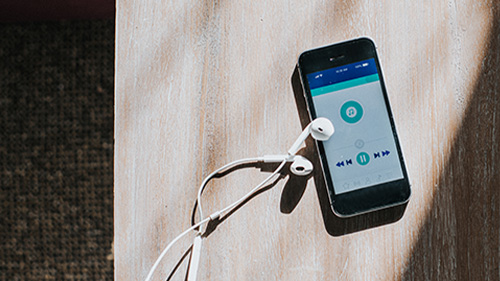
As a high school language arts teacher, I’m always trying to provide my students with alternate but equal assessments that aren’t always an essay....
.jpg)
While most early literacy development occurs in elementary school, teachers in middle and high schools continue shaping students' reading abilities,...

In this activity, each student will create a "dating profile" for a book. By highlighting key characteristics of the book, students will craft...

Carmel McDonald walks you through how she walks her middle school ELA students through narrative structure with an interactive plot map. Download her...

Over the course of my career as a middle school ELA teacher, I’ve graded more writing pieces than I can count. I’ve graded late into the night, on...
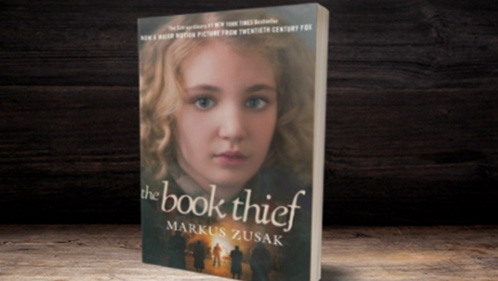
In the majority of books, the narrator is human and alive, but in The Book Thief by Markus Zusak, the narrator is Death. Yes, Death with a capital D....
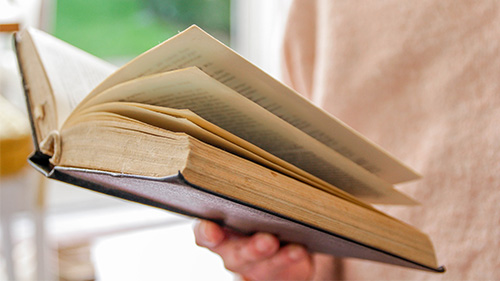
The “Greatest Hits” album. All the greats do it—Creedence Clearwater Revival, Tom Petty, Elton John, Madonna, Lynyrd Skynyrd, Mariah Carey—so it only...

Your Bow Tie Literacy Guy Michael Guevara is showcasing his favorite book pairings! Add these titles to your classroom library and download an...
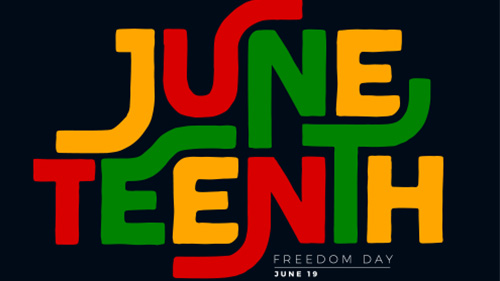
Explore engaging and interactive Juneteenth lesson plans designed for secondary education students to deepen their understanding of this important...

The wonderful thing about Social Emotional Learning (SEL) is it isn’t content-specific; it can span all curriculum and grade levels. Knowing the five...

In this creative writing activity, secondary ELA students will use what they overhear in the hallways to write poems! Download the lesson template...

Light the menora, hang the mistletoe, and slip on your fuzzy socks—here are 6 YA books that will help get you in the holiday spirit!
